According to a study published in the journal Nature on July 30, a Chinese submarine discovered thousands of worms and mollusks living at a depth of nearly 10 kilometers below sea level in the Mariana Trench. This is the deepest living population ever recorded on Earth.
The discovery at the “world’s deepest underground valley” suggests that life at the bottom of the ocean – a place considered harsh and largely unexplored – may be much richer than scientists previously thought.
Normally, almost all life on Earth depends on sunlight. But in the absolute darkness of the ocean floor, these creatures survive by chemosynthesis – using chemical compounds like methane that seep from cracks in the sea floor to create energy.
According to the research report, in 2024, China's Fendouzhe (tentatively translated as "Resilient One") submarine carried scientists to the Mariana Trench in the Western Pacific Ocean 23 times.
They discovered marine life communities including thousands of tubeworms and bivalve mollusks (such as clams and mussels) at depths ranging from 2,500 to 9,533 meters.
Videos accompanying the study show colonies of tubeworms up to 30 cm long, and clusters of molluscs huddled together. The scientists also recorded the presence of spiny crustaceans, free-floating sea worms, sea cucumbers, ciliated crinoids and many other invertebrates. They claim this is “the deepest and most extensive chemically-driven community known on Earth.”
With other ocean trenches having similar geological features, the team suggests that “such chemically-based biological communities may be more common than previously thought.”
In particular, scientists have found convincing evidence that methane gas not only leaks from the Earth's crust but is also produced by microorganisms.
Tubeworms often congregate around snow-like “microbial mats” that act as the center of their ecosystems.
Scientists have previously discovered communities of single-celled microorganisms living in the deep sea, but larger animals have rarely been seen. But last year, a remotely operated vehicle discovered tubeworms and invertebrates living around hydrothermal vents 2 kilometers below the ocean crust.
The study comes amid a heated debate about deep-sea mining, with China, the United States and several other nations expressing interest in searching for precious metals in the deep sea.
However, scientists warn that exploiting one of the last untouched wildernesses on Earth – which is poorly understood – could completely destroy fragile ecosystems that have just been discovered.
Despite international negotiations, the International Seabed Authority (ISA) – the organization responsible for overseeing deep-sea mining in international waters – has yet to come up with specific regulations for this controversial industry.
To date, only a handful of people have ever set foot on the bottom of the Mariana Trench – which is deeper than Mount Everest is high.
The first expedition took place in 1960 for a short time. But after that, no expeditions were made until Hollywood director James Cameron made the first solo trip to the bottom of the trench in 2012. He described it as a “desolate” and “alien” space.
The water pressure at the bottom of the Mariana Trench is 8 tons per square inch, equivalent to about 110,316,000 Pascals (Pa) per square meter – more than 1,000 times greater than the air pressure at sea level./.
Source: https://www.vietnamplus.vn/phat-hien-quan-the-sinh-vat-song-sau-nhat-o-trai-dat-post1052935.vnp











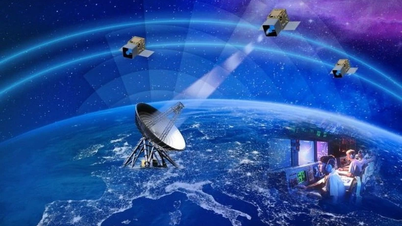





























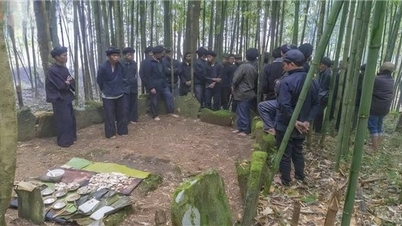








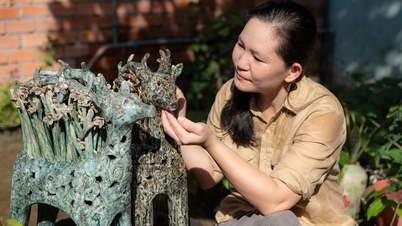







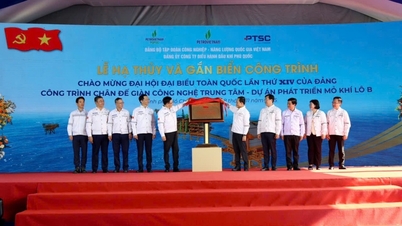
















![[Infographic] Vietnam's stock market exceeds 11 million trading accounts](https://vphoto.vietnam.vn/thumb/402x226/vietnam/resource/IMAGE/2025/11/09/1762677474332_chungkhoanhomnay0-17599399693831269195438.jpeg)
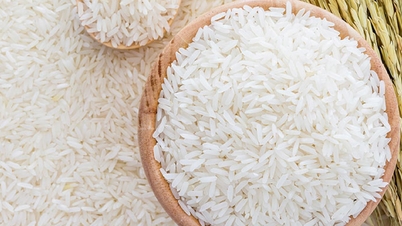



















![Dong Nai OCOP transition: [Part 2] Opening new distribution channel](https://vphoto.vietnam.vn/thumb/402x226/vietnam/resource/IMAGE/2025/11/09/1762655780766_4613-anh-1_20240803100041-nongnghiep-154608.jpeg)











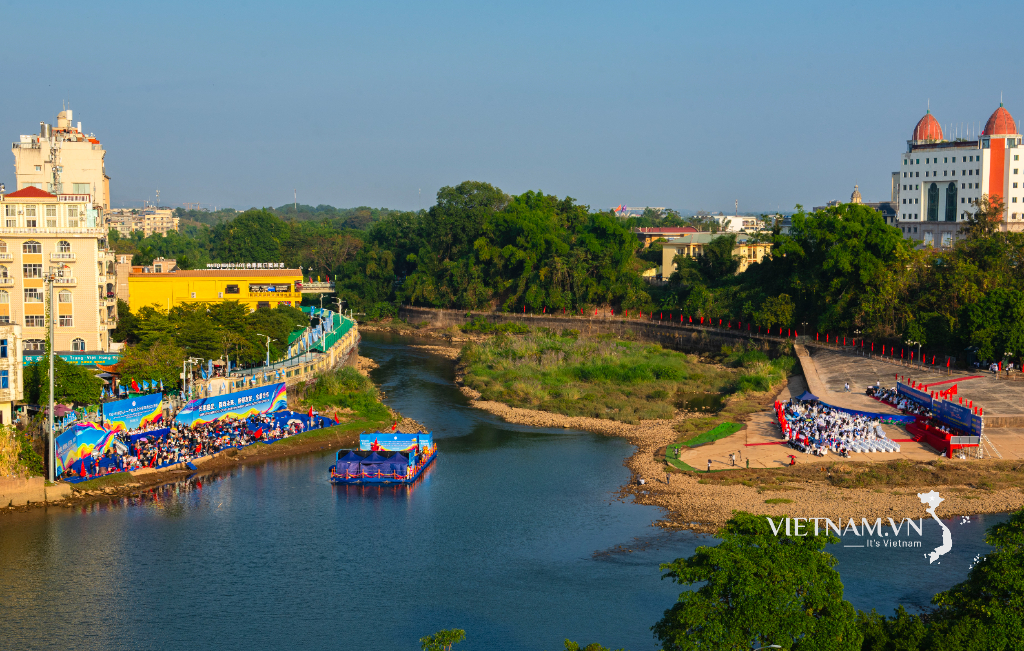

Comment (0)